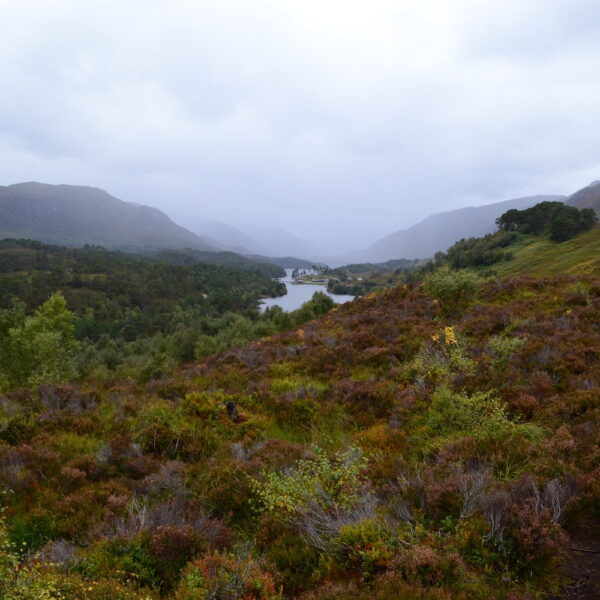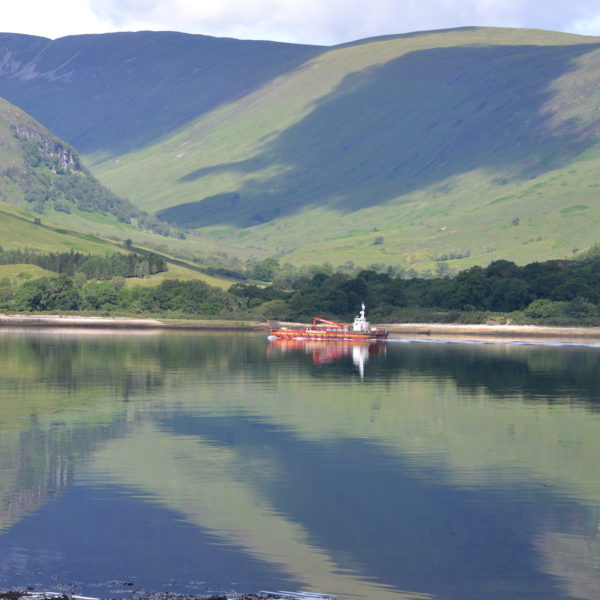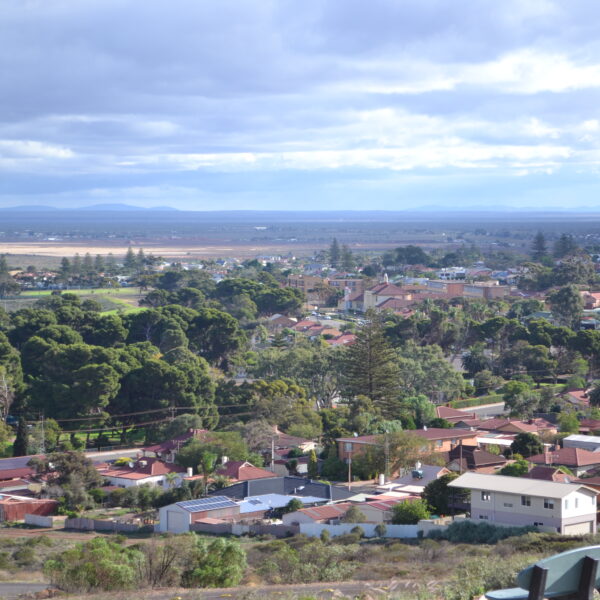Seven books that had an impact
It was one of those Facebook memes. My good friend Greg Taylor invited me to nominate ‘seven books that had an impact’. Seven books in seven days. I accepted and after some thought, (and somewhat predictably) decided to go in chronological order. I enjoyed the exercise and thought it was worth collecting the results here.
1. The Children’s Encyclopedia.
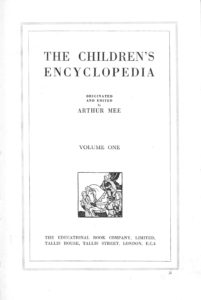 My parents bought me The Children’s Encyclopedia when I was about ten and we were living in the East Midlands steel town of Corby. Seven thousand, three hundred and eighty-four pages over ten volumes, arranged in nineteen subject groups. In the introduction there is a section titled, ‘Plan & Purpose of this Book’. It reads in part: ‘This book is arranged so a child can understand it. Its purpose is to give boys and girls a conception of the world they live in and their place in it. This book presents a simple scheme of universal knowledge which opens up a vision of the world as one great whole. It seeks to stir the mind and to awake a sense of wonder. It’s purpose is to fascinate and educate.’
My parents bought me The Children’s Encyclopedia when I was about ten and we were living in the East Midlands steel town of Corby. Seven thousand, three hundred and eighty-four pages over ten volumes, arranged in nineteen subject groups. In the introduction there is a section titled, ‘Plan & Purpose of this Book’. It reads in part: ‘This book is arranged so a child can understand it. Its purpose is to give boys and girls a conception of the world they live in and their place in it. This book presents a simple scheme of universal knowledge which opens up a vision of the world as one great whole. It seeks to stir the mind and to awake a sense of wonder. It’s purpose is to fascinate and educate.’
Well it certain worked on me. I spent endless hours in my bedroom enthralled in its pages, particularly through those long English winters with a mere six hours of daylight. If—as some say—I have a reasonable general knowledge, the foundation was this book.
I was thirteen when we emigrated to Whyalla, South Australia in 1966. It took a few weeks for the tea chests with all our worldly possessions to arrive. Imagine my distress when they arrived and my encyclopedias were not inside. My parents had sold them before we left Corby because, they said, they were too heavy to bring. I recall I sulked for months. The science encyclopedias they bought me by way of recompense were no replacement.
Decades later, on holiday in Adelaide, I found another set in a second hand shop in Magill Road. Fifty five bucks the lot. There was no hesitation.
2. J.R.R. Tolkien, The Lord of the Rings.
It was certainly at high school in Whyalla that I first read The Lord of the Rings. And also there where I read it a second, third, fourth and possibly fifth time. Yes, my second choice certainly had an impact.
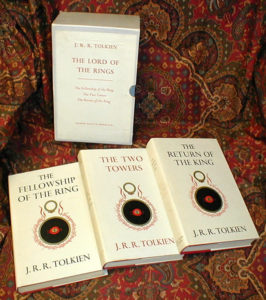 The school library, on the second floor up the stairs from the main reception, had the George Allen & Unwin three-volume hardcover set with white dust jackets. Each time, opening up the first volume was the start of a journey. After the first time, the journey was to a known destination, but knowing the ending did not diminish the enjoyment of the trip. A journey through a world not our own but so like our own in so many ways. A world with its own fully realized history, mythology, languages and presence. A world in which you could immerse yourself and be carried along by the thrilling prose on an epic adventure. And an experience that kindled in me a life-long interest in myth and legend.
The school library, on the second floor up the stairs from the main reception, had the George Allen & Unwin three-volume hardcover set with white dust jackets. Each time, opening up the first volume was the start of a journey. After the first time, the journey was to a known destination, but knowing the ending did not diminish the enjoyment of the trip. A journey through a world not our own but so like our own in so many ways. A world with its own fully realized history, mythology, languages and presence. A world in which you could immerse yourself and be carried along by the thrilling prose on an epic adventure. And an experience that kindled in me a life-long interest in myth and legend.
3. Richard Neville, Playpower.
The Paladin paperback edition of Richard Neville’s Playpower came out in 1971, during my first year at university in Adelaide. At the time he wrote it, Neville was the editor of London’s Oz magazine, a key media icon of the British underground. Written just before the infamous Schoolkids issue that precipitated the Oz obscenity trial, this was a survey of the late sixties counterculture from a pivotal position, peppered with personal anecdotes and news snippets from the frontline. Fresh from the saltbush and steel of my schooldays, I lapped it up.
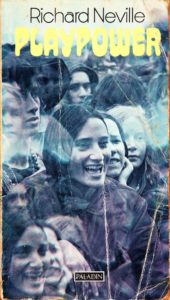 It had chapters on changing attitudes to sex and drugs, music, the ‘guerilla press’, the hippie trail (Europe to India and beyond) and the politics of play. Appendices included a guide to free London, detailed travel tips for the hippie trail and a directory of the world’s underground press.
It had chapters on changing attitudes to sex and drugs, music, the ‘guerilla press’, the hippie trail (Europe to India and beyond) and the politics of play. Appendices included a guide to free London, detailed travel tips for the hippie trail and a directory of the world’s underground press.
Reviews printed on the back cover included:
‘The best book yet on what in pleasanter days used to be called the Love Generation.’ – Rolling Stone
‘Fantastically brilliant.’ – Abbie Hoffman
‘Play Power is the Mein Kampf of an international conspiracy to overthrow the Anglo-Saxon way of life.’ – Commander Rees Millington, 24 Hours
‘Almost totally devoid of intellectual content.’ – Sydney Morning Herald
‘Should be read in every school, office, army hut or other institution …’ – John Peel, BBC DJ
For me, pitched as a 17 year old into the heady atmosphere of Adelaide University in the days of the Vietnam moratorium marches, the Springbok tour protests and rock’n’roll with Bon Scott and Fraternity every Friday lunchtime in the Union Hall, it gave a glimpse into a global phenomenon and a reassurance that me and the new like-minded friends I was making were not alone. In fact, we were many.
4. Jack Kerouac, The Dharma Bums.
I actually have a note of the date when I finished reading this. It was Monday the 13th of September 1971, three days after my eighteenth birthday.
While On the Road— with Kerouac (Sal Paradise) tagging along with Neal Cassady (Dean Moriarty) as he zooms back and forth across the U.S. of A in the late 1940s—is Kerouac’s most famous book, The Dharma Bums is the one that more chimed with me.
 Based on events leading up to the release of On the Road in 1957 and the blaze of celebrity that followed, the main character in the book was Buddhist poet Gary Snyder (Japhy Ryder).
Based on events leading up to the release of On the Road in 1957 and the blaze of celebrity that followed, the main character in the book was Buddhist poet Gary Snyder (Japhy Ryder).
As Ann Douglas notes in her introduction to the 2006 edition: ‘Both Cassady and Snyder were rebels, pointing not to the broad thoroughfares of American life, but to the detours and exits.’ But while the peripatetic Cassady was the prototype for the ‘delinquent hipster’ of the 1950s, Snyder was a well-educated intellectual originally from the Oregon woods who anticipated, ‘the ecologically minded Woodstock nation of the 1960s, refusing to be “imprisoned”, in Japhy Ryder’s words, “in a system of work, produce, consume, work produce, consume”.’
The book celebrated the joy of heading out into the wilderness, climbing mountains, being still and contemplating the beauties of nature, looking within. It was Kerouac’s attempt to infuse the archetypal American hobo, or bum, with the spirit of the legendary Chinese poet Han Shan, to whom the book is dedicated.
By 1960 Kerouac was lamenting the vanishing American hobo in an essay of that title published in Holiday Magazine. ‘Great sinister tax-paid police cars are likely to bear down at any moment on the hobo in his idealistic lope to freedom and the hills of holy silence and holy privacy,’ he wrote. Yet the rucksack revolution he had predicted in ‘The Dharma Bums’ was in the wings. Public camping sites and hippie communes would soon dot the American landscape.
And in my own case, keen to avoid the ‘work, produce, consume’ trap as long as possible, I headed back to Britain in the mid-70s with a red backpack, a Youth Hostel card and my hitch-hiking thumb to explore where I had come from, who I was and what I wanted to be.
Oh, and have a good time doing it.
5. Barry Humphries, with drawings by Nicholas Garland, The Wonderful World of Barry McKenzie.
When I lived in the UK in the mid-seventies, a record that was often spun when friends came to visit was Barry Humphries’ Housewife, Superstar! Recorded live in London in 1976, it never failed to raise a laugh and while the star of the performance was Dame Edna Everage, another character almost always stole the show. The opening track on the album introduced The Honourable Les Patterson, the former Minister for Inland Drainage and Rodent Control in the Whitlam government and current Cultural Attaché to the Court of St James. One of the disreputable Patterson’s memorable lines (and there were many) was, ‘We’ve got culture in Australia (pause). We’ve got culture up to our arseholes’. (He was of course talking about Adelaide.)
Edna was sharp and cruel; Les was hilarious; but for me Humphries’ crowning achievement was Barry McKenzie. With the comic strip ‘The Wonderful World of Barry McKenzie’ written by Humphries, drawn by Nicholas Garland and published in the London magazine Private Eye, Humprhries not only created a character, he created an archetype. An archetype with its own vernacular. An archetype that held a mirror up to generations of ex-pat Australians and helped them laugh at themselves. But also, behind that laughter, made them feel a little proud of themselves.
I am Scottish; the son of two ten pound Scots. While reading this book, shaking with laughter, in Bath, England in 1976, I suddenly realised I was also Australian. I think that qualifies as impact.
Thank you, Barry Humphries. RIP.
6. George Melly, Revolt into Style.
I read this sometime in the early seventies. Although I had been an avid reader of music magazines all through my teens (Go-Set, Hullaballoo, Circus, New Musical Express, Rolling Stone, Melody Maker etc) this was perhaps the first book I had read that delved beneath songs and groups and performances and analysed pop as a serious cultural matter.
The subtitle was ‘The Pop Arts in Britain’ and while over half the book was devoted to pop music, in the rest Melly—a jazz singer, art and film critic and author—examined pop’s effect on art, fashion, TV, film and literature in the 1960s.
 I interviewed Melly in September 1982 shortly after moving Roadrunner magazine from Adelaide to Sydney. The interview was never published. Here’s an extract.
I interviewed Melly in September 1982 shortly after moving Roadrunner magazine from Adelaide to Sydney. The interview was never published. Here’s an extract.
I think I’ve probably read most of the books on rock, most of them are pretty terrible, but ‘Revolt into Style’ always impressed me as a very sharp critical analysis of what happened in Britain in the 60s.
George Melly: ‘I was in a good position, being just a generation older. I mean obviously if I’d been prejudiced against rock I couldn’t have written it. I wasn’t prejudiced against it, but I was a generation older and as you know, being a generation older in the 60’s was like being 120. But I was able to look at it a bit objectively, where as those who were living it day to day couldn’t draw back.’
Perhaps why I enjoyed it so much is that it did seem to make sense of the 60s. I grew up in the 60s and it was sort of happening all around. It was very hard to work out ‘What is the relevance of this?’.
George Melly: ‘It was a question of everyday view, wasn’t it? And everyday views are fine while you’re living it, but I mean what always amazed me was the way a word would come in and be used for a month and then if anyone used it, like one day after it was over, everyone would look at them with total scorn. If someone said—he’s a square, when the word ‘straight’ had come in, or referred to something as pop music when rock music had taken over … ‘
Revolt into style was also a perfect paradigm to what happened to punk.
George Melly: ‘Well it does, doesn’t it? I was just writing the book and I opened a book of poems by Thom Gunn and there was this poem on Elvis Presley that said he turned revolt into a style. And I thought, ‘Goodness, that’s what I’m writing about’.’
When John Lennon was killed, I wrote an epitaph for Roadrunner. I couldn’t think of a better summation of the Beatles prolonged success than the one fellow Liverpudlian Melly penned in Revolt into Style.
‘They had from the off, a formidable talent, perhaps genius; but very early on they recognised that in order to be free to exploit it, they would have to spend a great deal of their time in weaving and dodging. They knew that in the pop world, the moment of total universal hysteria is the harbinger of complete rejection. Unwilling to retreat into conventional showbiz, the traditional get-out, they invented their own escape route. What Brian Epstein called their ‘marvellous instinct’ has allowed them to recognise the precise second before the band wagon they were riding plunged into the abyss.
‘The lovable mop-tops became the arrogant leaders of the popocracy. They in turn were absent at the funeral of Swinging London, emerging shortly afterwards as grannie-bespectacled, hirsute, drug-orientated weirdies, just in time for Flower Power.’
7. William Gallacher, Revolt on the Clyde.
In the early nineties I was cruising the shelves at the Stanton Library in North Sydney on my lunch hour when I found a riveting account of World War One’s ‘Red Clydeside’—Willie Gallacher’s Revolt On The Clyde.
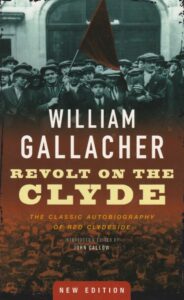 Gallacher was a key figure in the period. Described by a contemporary as a man of action, who thought with his fists, he was one of the leaders of the Clyde Workers Committee, the organisation of shop stewards that in 1915 defied the official unions and resisted the British government’s attempts to suspend workers’ rights, overhaul production methods and flood the munitions factories with cheap unskilled labour.
Gallacher was a key figure in the period. Described by a contemporary as a man of action, who thought with his fists, he was one of the leaders of the Clyde Workers Committee, the organisation of shop stewards that in 1915 defied the official unions and resisted the British government’s attempts to suspend workers’ rights, overhaul production methods and flood the munitions factories with cheap unskilled labour.
He ran fellow Socialist John Maclean’s 1918 general election campaign and was also prominent in the massive demonstrations in support of the forty-hour week in January 1919—demonstrations that the War Cabinet, fearing they were the start of a Bolshevik revolution on the Clyde, put down with troops, tanks and machine guns. And after travelling to Russia and meeting Lenin in 1920, he returned to Scotland as a cheerleader for the establishment of the Communist Party of Great Britain.
Gallacher’s recounting of these events is racy, sometimes veering into ‘Boy’s Own’ territory, but never less than engrossing.
‘Revolt on the Clyde’ convinced me (not that I needed too much convincing) that this was a great story, a story that needed to be told. Since then, I have spent countless hours researching and trying to write that story. I’m still going.



